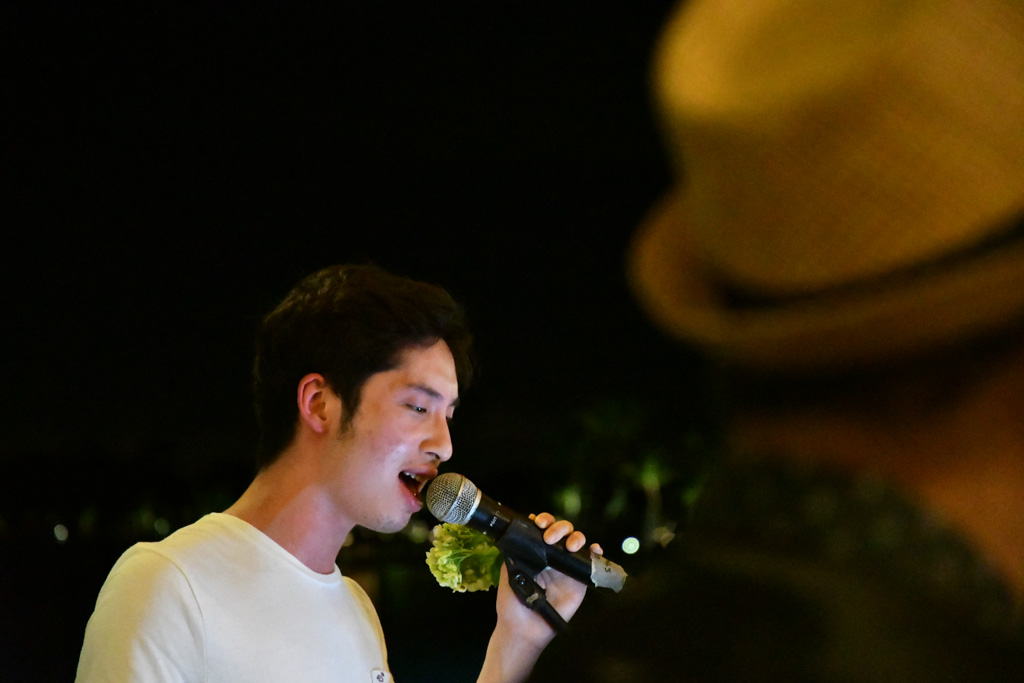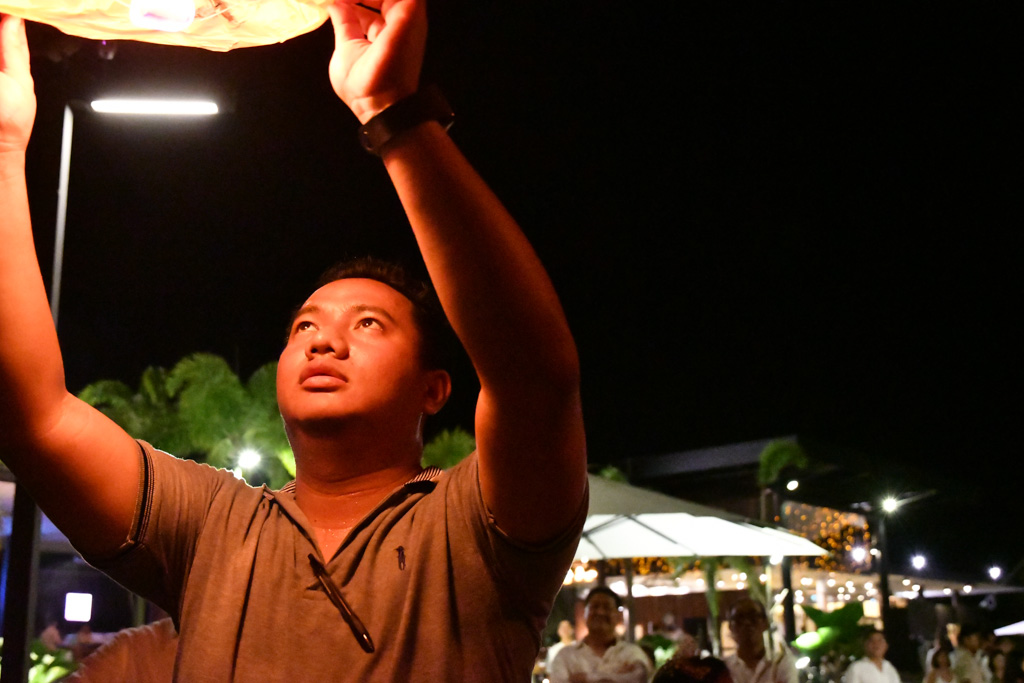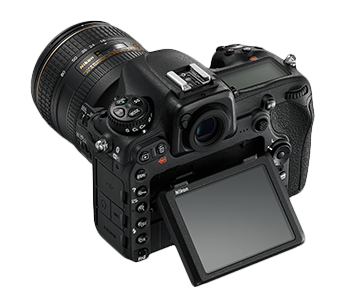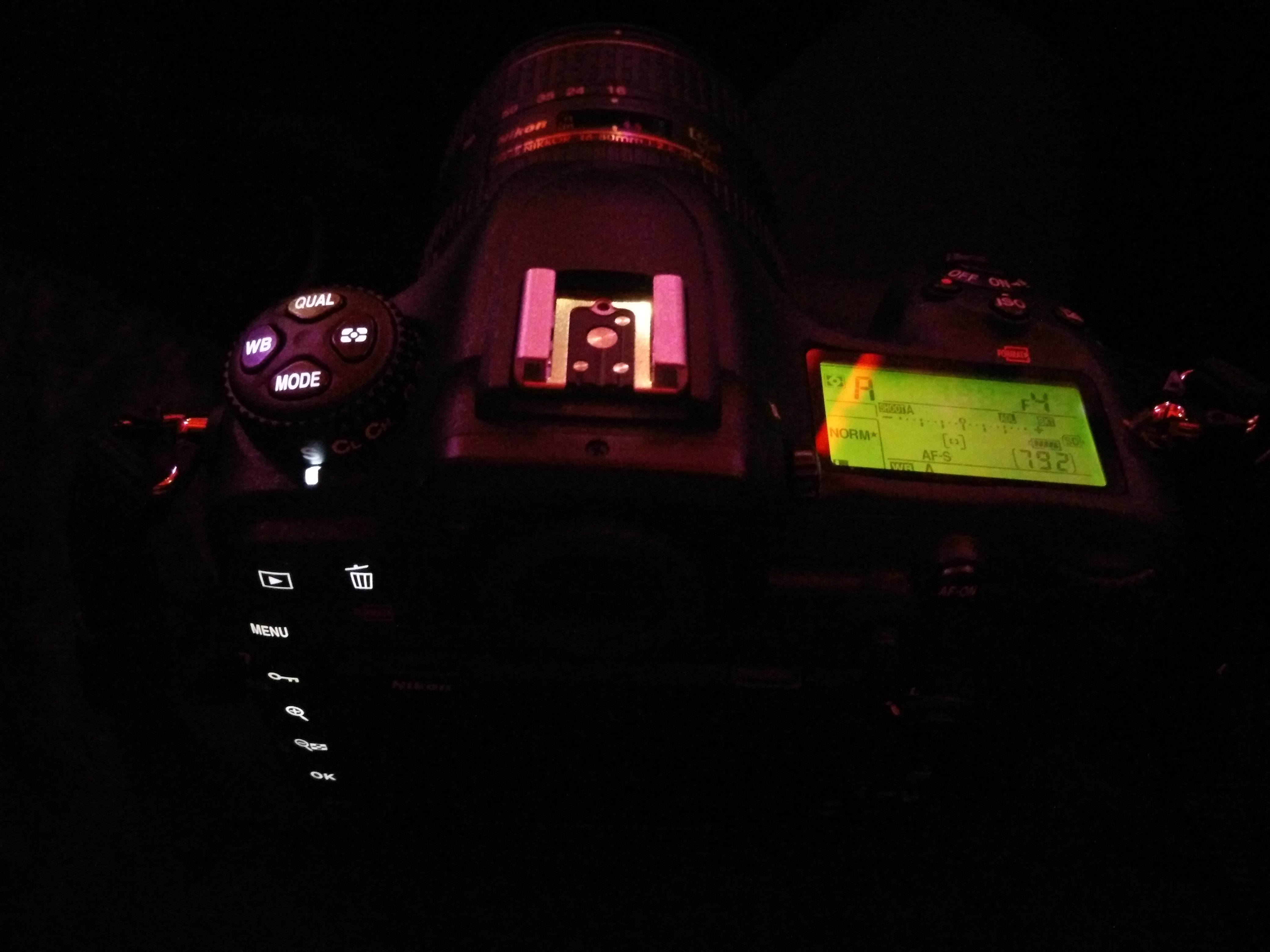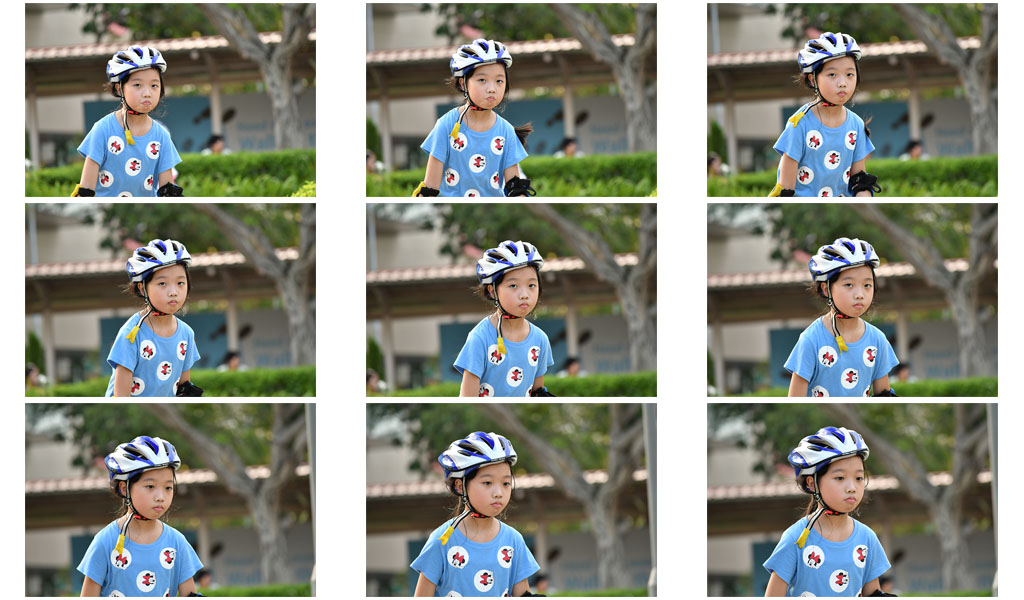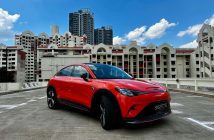Full disclosure: I am not a professional photographer. Having the benefit of hindsight after I have done the review of the NIKON D500 kit, I realized I am out of my league to review this DSLR camera.
At a price of S$ 2999 (body only) and S$3999 (with 16 – 80mm VR kit lens), it is obvious that this is a serious gear, and for an amateur like me to review it, is bordering on travesty. While I can hardly value-add to the loads of excellent camera gear review websites with much more detailed reviews of the NIKON D500 performances, I will give a quick opinion on the D500 for amateurs like myself who wish to make the leap into more serious photography territory.
Serious kit
There is no flash on this camera. I repeat, no flash. For my tiny photographer-wannabe brain to comprehend why this camera does not have a basic function, one that even my smartphone camera has, requires a shift in thinking. This camera is a specialized tool; The same way an F1 race car has no boot space to carry your golf bag, the D500 is designed for a specific range of photography where an in-built flash is like adding headlights on an F1 race car.
Just like a modern race car with exotic construction, the D500 camera body features a magnesium alloy structure with carbon fibre reinforced polymer, which makes it feel lighter than it should for its size. Dust and water sealing all around also mean greater confidence when shooting outdoors. In fact, the sealing proved critical when I was sprayed with water from a showy cable-skier while I was taking pictures of him – you never know what nature (or your subjects) would throw at you during a photo-shoot.
Need for Speed
The NIKON D500 is built for speed and sports a sophisticated autofocus with a jaw-dropping 153 focus points and a blistering fast 10 frames-per-second (fps) continuous shutter. And it can sustain that rate for 200 shots RAW+jpegs in the buffer. The 153-points autofocus (AF) system is also used in the range topping professional full-frame NIKON D5 camera. The AF system is probably one of the key differentiators between a beginner’s camera and a professional tool, which meant there was a slight learning curve for me to learn how to exploit the AF system fully.
However, when properly wielded, this camera is the perfect weapon for wildlife photography and sports photography, where subjects are moving constantly and you need the high FPS and lightning quick AF to nail the money shot.
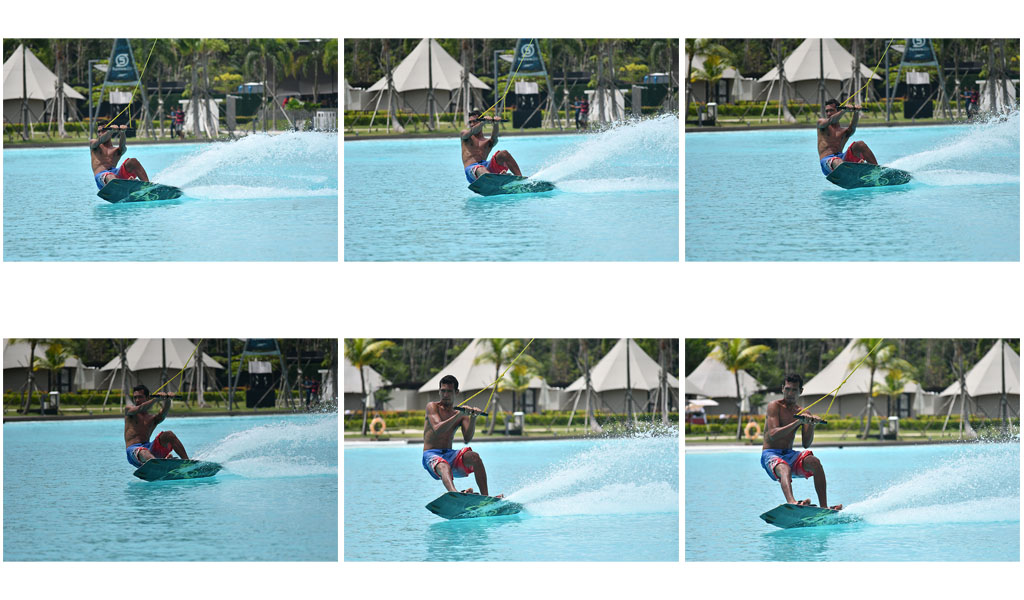
10 frames per second, with a sustained 200 shots buffer for RAW files means I can just hold the shutter forever. Photo © Justin Teo.
The NIKON D500 is equipped with dual memory slots, one SD card and one requiring the latest memory card type – the XQD media card. Although I wasn’t provided with an XQD card to review, this format supports a much faster read/write speeds than the medieval CF card format, and enables even longer sustained continuous shooting and also speedier data transfer to the computer.

With 10 fps, I forget how fast the Nikon D500 is when shooting slower “action” shots like these. Photo © Justin Teo
Combined with NIKON’s latest EXPEED image-processor, the D500’s new 20.9 megapixel DX-format (NIKON speak for APS-C format) CMOS sensor also offers astoundingly low-noise performance at high ISO settings. This allowed me to shoot at higher ISO settings with confidence when the lighting conditions demand it.

Michael Ellis, International Director for Michelin Guide, and host Adrian Pang at the awards dinner. ISO 5000, f5.6, 1/250 sec. Photo © Justin Teo.
SnapBridge and Tiltable Touchscreen
The D500 comes with contemporary features such as WiFi connectivity and tiltable touchscreens that professionals used to dismiss as frills. However, these features are becoming indispensable for the casual shooters and even professionals are beginning to miss them, especially the ability to process photos in the field.
The D500 boasts SnapBridge, which is NIKON’s connectivity suite that uses NFC, Bluetooth and WiFi for connectivity. With it, I was able to preview and transfer photos to my Android smartphone or iPad, for instant upload to social media or email to my editor straight from the field. I can even use my smartphone as a remote shutter to control the camera. That’s when I can get it to work.
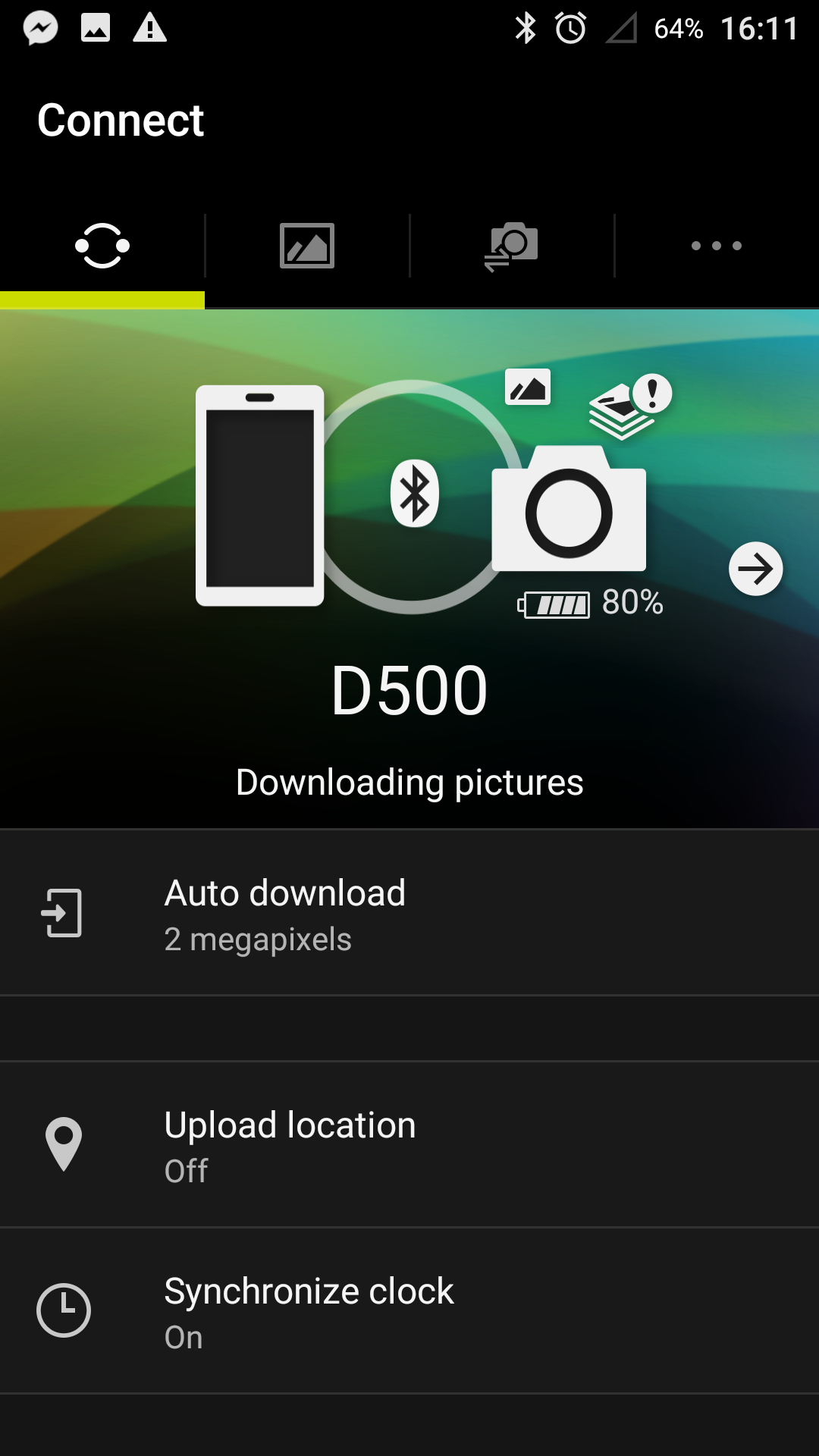
Nikon’s SnapBridge app is available on Android and iOS. Screenshot off Snapbridge app. © Justin Teo.

Nikon’s SnapBridge allows the photographer to preview and download the photos onto smartphones, an necessity for social media on the go. Screenshot off SnapBridge app. © Justin Teo.
For starters, the initial connection setup was not as intuitive as I had hoped; The process required fiddling on both my phone and the camera. In addition, subsequent connections proved to be intermittent and unpredictable. When finally connected though, photo transfers were relatively speedy on WiFi.
Tiltable touchscreens were probably seen as too fiddly or unreliable by professionals, and in most cases not necessary since the larger camera bodies have sufficient real estate for proper buttons. On the D500, frankly with all the buttons and customization options available, the touchscreen isn’t really necessary either, though it was certainly a plus. The tiltable screen proved extremely useful for me to get above the heads of people blocking my line of sight, or getting low-angle shots.
Post Exposure
I had the loan camera for two short weeks, and I am missing it sorely since. I have grown to adore the blazing speed and relatively compactness of the DX-format camera, and even though I am more familiar with products from NIKON’s main competitor, I took to NIKON’s design quickly. The placements of the multi-selector, sub-selector, main command dial and sub-command dial – the most used functions, were intuitive and easy to get into. I also wish that all cameras have the instinctive signature NIKON power switch.
I discovered that besides sports and wildlife photography, the NIKON D500 makes a great camera for wedding photography or to shoot children. The fast AF, high FPS and low-noise performance of the D500, combined with its relatively lightweight package, makes it perfect for catching fleeting facial expressions at a wedding. Combined with the versatile AF-S DX NIKKOR 16-80mm f2.8/4E VR Lens, the D500 kit is quite hard to beat in terms of features and performance. If you can get pass the wonky SnapBridge implementation, which I hope NIKON would patch soon with firmware and app updates, the D500 makes an excellent upgrade to anyone getting serious with photography.




